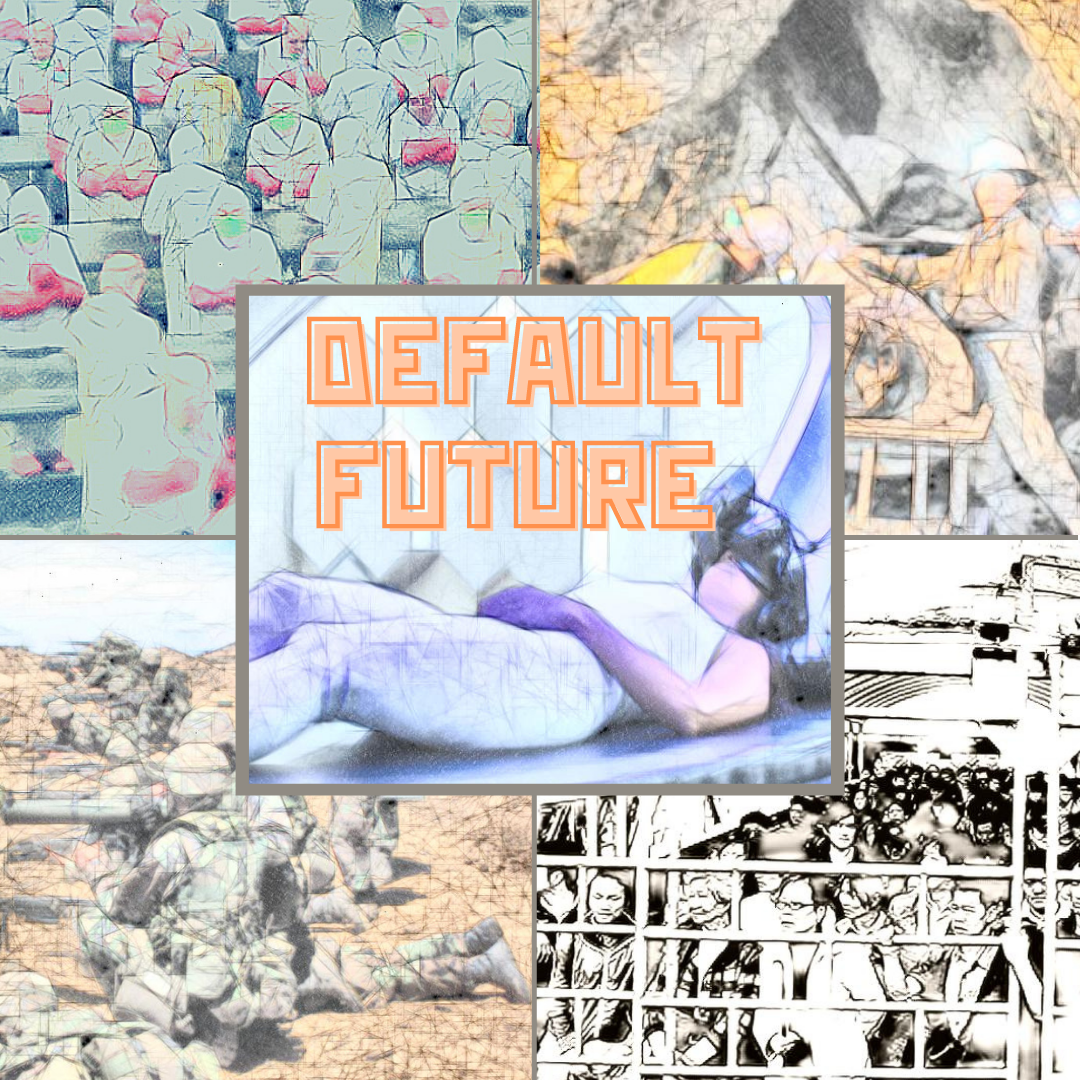Redefining Identity: A continuum approach
Epistemic status: This is an attempt to define personal identity for myself. I believe that it is a more developed description than most, but I always welcome new insights.
There are two hurdles that I've needed to overcome in defining my personal identity. First, I've had trouble holding onto what it is that makes up "me."" I've changed so much throughout the course of my life, that thinking about what "I" think seems almost impossible. Second, I'm troubled with the concept of identity as labels. I've found myself falling into the same routine as others these days, reducing blocks of humans to caricatures.
To me, both of these problems arise because we have tried as a culture to define identity as discrete. Here, I'd like to describe what I've arrived at for a continuum philosophy of personal identity, and explain how it might help us fix a few societal problems that have come out of the individualistic mindset.
Subdividing and Extruding Identity
Over the past few years, I have reframed my definition of identity away from either the external model of the atomic individual, or the internal model of our mental monologue directing thought and action. When I say "me," I mean an amorphous continuum of procedures operating on information and information transforming procedures. Crucially, this model does not lend itself to easily demarcating what constitutes actions taken by the self as opposed to actions imposed on the self. This can be confusing, so to better clarify, I've operationalized my definition of self with a working model, called the continuum identity. This model has two components, subdivision and extrusion.
Subdivision
Subdivision means that our experience of a coherent identity is actually a composite of other subidentities, which can be divided and analyzed on their own. Considering the self as a bundle dates back to at least Hume, and probably to the Buddha. For a very lengthy discussion of this topic, you can read any of these refs [1],[2],[3]. But I don't believe you need any of these authorities to understand the concept. Just ask yourself if you've ever noticed that you can see two sides of the same story or that you've held two conflicting opinions in rapid succession? I interpret that sensation as multiple subidentities debating a position. I've written about this at length in this post as well.
To summarize the concept of identity subdivision, imagine every piece of information contained in your mind and add to it every way that you could act on that information. Each of these components constitutes a subidentity that could conceivably be remixed in a different person to form a part of their identity. In fact, you share some of these pieces of information and procedure with others around you, which leads to the next component of continuum identity, extrusion.
Extrusion
Extrusion means that for every rule or piece of information that I have incorporated into my identity, its origins can be extruded backwards to the external sources where the information was derived or forwards to those places where that information will be outputted by myself. To make this clearer, I've introduced the concept of the identifield, which I've elaborated on in this post. The identifield places a tighter physical interpretation on this idea, but the intuition is just that any idea inside of me can be physically linked by the media that transmitted the idea to me. And this chain can be walked back again and again to connect the idea in me to that same idea wherever it resides throughout the entire universe.
So in conclusion, my coherent sense of self can be subdivided into many subidentities and then I can extrude those through spacetime to track how they came to be within me. When carried out to its limit, this subdivision and extrusion converts my discrete identity into a continuous blur of billions of information streams.
This philosophy both extends my ego and dilutes it until it is indistinguishable precisely where my contribution comes from and where I am just the continuation of independent external factors.
Why is a continuum identity better?
Although the above philosophical reasons have led me to derive my continuum interpretation of identity, I wouldn't want to adopt that framework unless I thought that it had practical societal value as well. Here I outline just a few ways that I think it is an improvement over other popular alternatives.
Continuum identity allows for constant change and growth
With discrete identity, you are defined by a coherent snapshot. At one point, you are a child and then, you are an adult. At one point a student, and then a professional. Your change in definition needs to come in these extensive leaps from state A to state B. This has two pitfalls. First, that it delays our recognition of progress until the tipping point. Second, it linearizes our transitions along a single trajectory. With a continuum identity, you transition continuously based solely on what you already know, and you are allowed to transition along multiple paths simultaneously.
Continuum identity subdues self-centeredness
Discrete identities promote the idea that you are a self-contained whole. To me, this seems to advocate for a strong preference of the ideas and attitudes of the self at the cost of non-self. Importantly, this leads one to take difference of opinion very personally because disputes can only be manifested as conflicts with your entire identity. Switching to a continuum model recognizes that non-self can become a part of self if you internalize it. In this case, the conflict that arises from protecting self is less necessary.
Discrete identity necessitates cognitive dissonance
Under a discrete identity model, you can never justify believing two disparate things at once. However, humans frequently have to confront concepts that aren’t so black-and-white and that it is reasonable to struggle to align with just one side or the other on a given topic. With a continuum identity one can acknowledge the separate parts and how they relate to each other internally and based on external factors.
Discrete identity is a bad way to structure society
By discretizing identity, we force humans into tightly bound descriptions which can be easily grouped and acted upon as if they were objects. Importantly, "me" should never be thought of as a voting block or a consumer base. "I" am not "white," "queer," "scientific," or "liberal." Those are imperfect descriptors of parts of me.
With continuum identity, a person is always some quantitative mixture of different information streams that can lead to a continuum labeling. Importantly, if I am 87% liberal and my ideological opponent is only 12% liberal, I am no longer dealing with someone who is qualitatively distinct from myself. There is no more "otherness" because I can see the flow of continuous small adjustments that could bring us to the same viewpoint.
Conclusion: "We" as a Preferred Pronoun?
This definition of identity is strange and may be uncomfortable to think about. The implications may be misguided and wrong, and I may learn to regret this whole thought process someday. But at least as an experiment for the time being, this is how I think of myself.
In my mind, I'm not really a singular entity at all. I feel most comfortable describing my own actions ensconced directly with their connection to those inputs that lead to it. In fact, if I had my choice, I'd prefer to use "we" for all descriptions of my self. Or rather, by our estimate, about 60% of our self prefers the pronoun we. As an experiment, we'd like to present ourselves as "we" for the conclusion of this essay.
We'd like to close by asking you to reflect on the implications of a continuum identity. However, we can see that we've already provided more than enough of our own opinion on this topic. So if you'd like to continue the conversation, please reach out. We're fascinated with where others can take this idea and would love to discuss further.
 will stedden
will stedden

